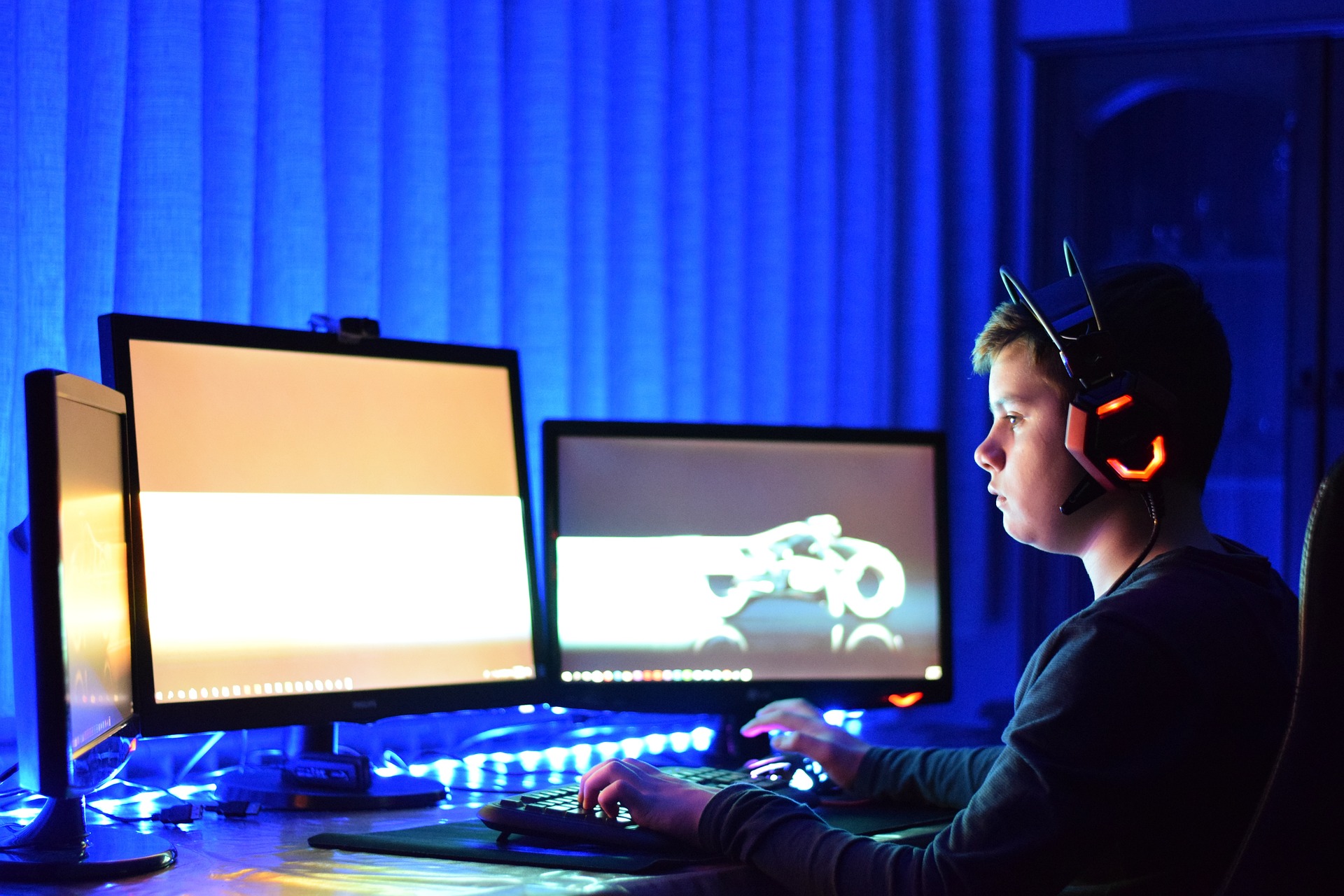Understanding Game Skins and How Digital Item Trading Works
Game skins have transformed the gaming landscape, turning virtual cosmetics into tradable digital assets worth real money. These visual modifications for characters, weapons, and equipment have created entire marketplaces where players buy, sell, and exchange items. Understanding how these marketplaces function and the mechanics behind skin trading can help gamers navigate this digital economy safely and effectively.
What Are Game Skin Marketplaces
Game skin marketplaces are digital platforms where players can buy, sell, and trade cosmetic items from various video games. These marketplaces function as intermediaries between buyers and sellers, providing secure transaction systems and verification processes. Popular games like Counter-Strike, Dota 2, and Fortnite have spawned dedicated marketplaces where millions of dollars change hands daily. These platforms typically charge transaction fees and offer different payment methods including credit cards, digital wallets, and cryptocurrency. Some marketplaces are officially affiliated with game developers, while others operate as third-party services. The value of skins fluctuates based on rarity, condition, visual appeal, and market demand, creating a dynamic economy similar to stock trading.
How Game Skin Trading Works
The trading process begins when a player acquires a skin through gameplay, purchase, or opening randomized loot boxes. Once owned, these digital items can be listed on trading platforms with specified prices or trade offers. Buyers browse available listings, filter by game, rarity, or price range, and initiate transactions. Most platforms use escrow systems to hold items and payments until both parties confirm the exchange, reducing fraud risk. Verification steps may include email confirmation, two-factor authentication, and waiting periods for new accounts. Trade values are influenced by factors including skin wear levels, pattern variations, special features like StatTrak counters, and current market trends. Some platforms also facilitate direct peer-to-peer trades without monetary exchange, allowing players to swap items of comparable value.
Popular Platforms for Skin Exchange
Several established platforms dominate the game skin trading landscape. Steam Community Market remains the most recognized official marketplace, integrated directly into the Steam gaming platform and supporting games like CS:GO and Dota 2. Third-party platforms such as DMarket, Skinport, and CS.MONEY offer competitive pricing and additional features beyond official channels. These platforms typically provide price history charts, automated trading bots, and wider payment options. Some specialize in specific games while others support multiple titles. Mobile applications have also emerged, allowing traders to manage their inventories and complete transactions on smartphones. Each platform has distinct fee structures, user interfaces, and security measures. Reputation systems, user reviews, and transaction histories help buyers identify trustworthy sellers and avoid scams.
| Platform Type | Features | Transaction Method |
|---|---|---|
| Official Marketplaces | Direct integration, developer support, standard fees | In-platform currency, limited withdrawal |
| Third-Party Sites | Competitive pricing, multiple payment options | Cash, crypto, direct trades |
| Peer-to-Peer Trading | No fees, direct negotiation | Item swaps, trust-based |
| Auction Platforms | Bidding system, rare item focus | Timed auctions, escrow protection |
Security Considerations in Skin Trading
Security remains paramount when engaging in digital item trading. Scammers employ various tactics including phishing links, fake marketplace websites, and impersonation of legitimate traders. Players should verify website URLs carefully, enable two-factor authentication on all accounts, and avoid clicking suspicious links sent through chat messages. Reputable platforms display security certificates and use encrypted connections. Never share account passwords or API keys with anyone claiming to offer free skins or special deals. Many scams involve requests to use third-party verification sites or download software that compromises account security. Understanding common fraud patterns helps traders protect their valuable inventories and personal information.
Market Dynamics and Value Factors
Skin values fluctuate based on multiple interconnected factors. Rarity classifications ranging from consumer grade to covert or legendary significantly impact pricing. Limited edition skins from discontinued cases or special events often appreciate over time. Professional esports tournaments influence demand when players showcase specific skins during broadcasts. Game updates that modify skin appearances or introduce new items can shift market values dramatically. Seasonal trends, such as increased trading during holiday sales or major game updates, create predictable price movements. Collectors seek specific pattern variations, low float values indicating minimal wear, or items with unique identifiers. Understanding these dynamics helps traders make informed decisions about when to buy, sell, or hold items in their collections.
Getting Started with Skin Trading
New traders should begin by researching current market prices and familiarizing themselves with platform interfaces. Starting with lower-value items reduces financial risk while learning trading mechanics. Many platforms offer price comparison tools and historical data to inform purchasing decisions. Building reputation through successful transactions increases trustworthiness within trading communities. Joining forums and communities dedicated to specific games provides insights into emerging trends and valuable trading tips. Setting clear budgets prevents overspending on virtual items. Patience proves essential, as rushing into trades often leads to unfavorable deals. As experience grows, traders develop instincts for identifying undervalued items and timing market movements effectively, potentially turning casual trading into profitable ventures.





